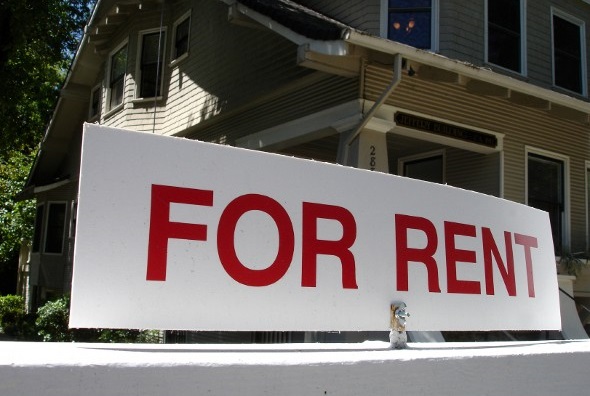Whether someone rents or buys, tough economic times or unexpected bills can leave a person scrambling to keep up with housing costs. If you have a mortgage, you may be eligible for assistance programs like the Home Affordable Modification Program. If you’re a renter, you may be eligible for rental assistance. Here’s what you should know about getting help with rent.
Find out now: Is it better to rent or buy?
What Is Rental Assistance?
Rental assistance is monetary help with rent that can come from a government agency or a nonprofit. Renting is on the rise on the U.S. and 37% of our nation’s households are renter-occupied. Some are renting while they save up for a down payment on a home, others are renting because they’re not ready to settle down and many are renting because homeownership is financially out of reach.
When times are tough, Americans put available funds toward the essentials of rent and transportation, whether that’s a public transportation ticket or car insurance and car payments. Even after prioritizing and economizing, there may not be enough to cover the rent. At a time when wages are stagnant for many workers and 62% of Americans say they can’t cover unexpected expenses of a few hundred dollars, rental assistance is more critical than ever.
At the federal level, the government has several rental assistance programs in place. There’s public housing, for one. The U.S. Department of Housing and Urban Development (HUD) also provides privately-owned subsidized housing. Then there’s the Housing Choice Voucher Program, also known as Section 8. Section 8 gives renters a voucher they can use to cover all or part of the rent on an apartment in the private market.
If you want direct rental assistance in the form of cash you can use to pay your landlord, you can look for resources at the state and local level. That means looking for government programs and help from nonprofit organizations.
Here are some examples from SmartAsset’s hometown of New York. On the government side, there are several options. For example, the New York State Office of Temporary Disability Assistance (OTDA) oversees the FEPS program. FEPS stands for Family Eviction Prevention Supplement and offers help with rental arrears (unpaid rent from previous months) up to $7,000.
On the nonprofit side, there’s the privately financed Bridge Fund, among others. The Bridge Fund gives emergency grants to individuals and families to help them stay in their homes and pay rental arrears. The fund helps those with small incomes who can’t qualify for government assistance programs. The two examples above show how both the public and private sectors contribute rental assistance to renters in need.
Related Article: Personal Grants
The Urban-Rural Divide

It’s often easier to find rental assistance in big cities than in rural areas. In a big city where low-income households are more concentrated, government and nonprofit services are more likely to be concentrated, too.
If you live in a major metropolitan area, you may have an easier time finding rental assistance. Wherever you live, if you have a child, you’re living with a disability, you’re a veteran or you’re HIV-positive, you may be able to qualify for rental assistance.
If you live in a rural area, you may have to reach out to town or county agencies and local religious organizations for rental assistance. You can also explore the possibility of using borrowed money from friends and relatives to pay your rent.
Then there are the personal grants that the federal government offers. You can learn more about them by browsing https://www.usa.gov/benefits-grants-loans. One example is Rural Rental Assistance, a program geared toward individuals who live in eligible Farm Labor Housing (FLH) and Rural Rental Housing (RRH) projects. Families who qualify (more than 30% of their household income goes toward paying rent) can receive rental assistance through the initiative.
That 30% figure is key. It’s the standard used to determine whether a household is rent-burdened. If rent is consuming 50% or more of a household’s income, that household is considered “severely rent-burdened.” If you’re applying for rental assistance, it’s a good idea to gather proof of your income and the rent you owe before approaching an organization or counselor.
Related Article: The Top 10 Cheapest Places to Live
Bottom Line

Need help with housing issues? You can search for a HUD-approved housing counselor in your area online or call 1-800-569-4287 to find a local housing counseling agency. Approved housing counselors may be employees of the government or of nonprofit organizations that help Americans find and retain affordable housing. If your housing is stable now, consider this a friendly reminder to work on beefing up your emergency fund so that you’ll be able to afford the rent even in the event of a financial setback like a car repair or a big medical bill.
Photo credit: ©iStock.com/Fotomatt_hh, ©iStock.com/ejs9, ©iStock.com/kgerakis
